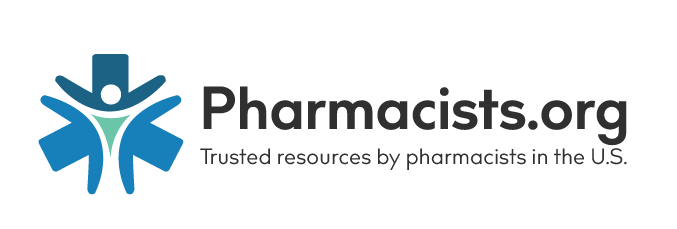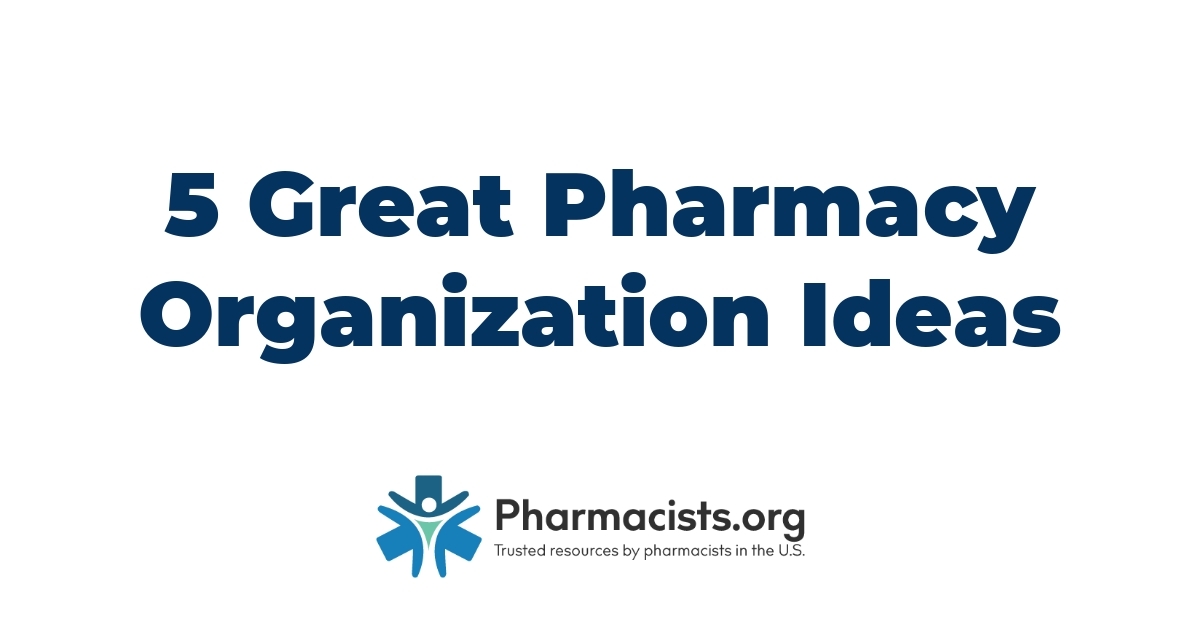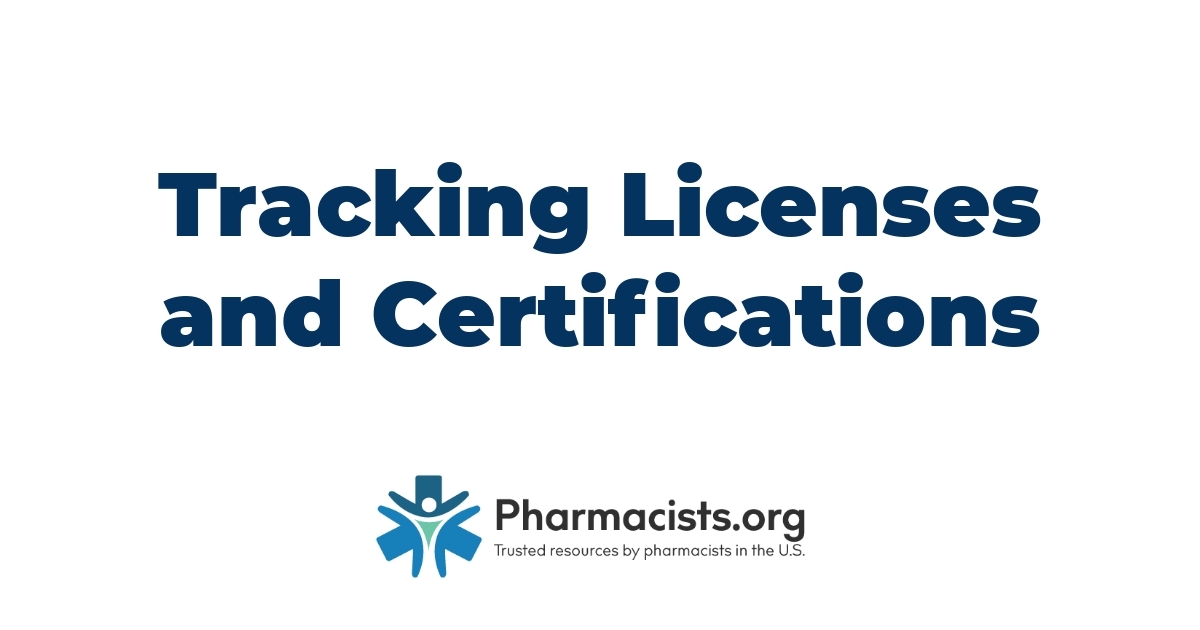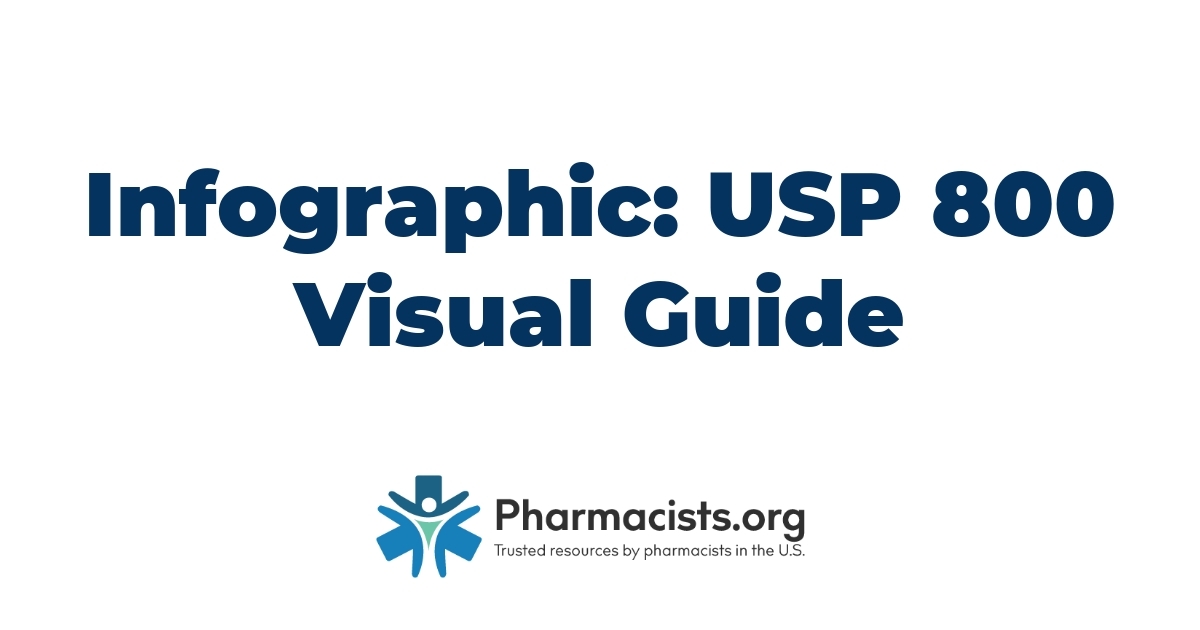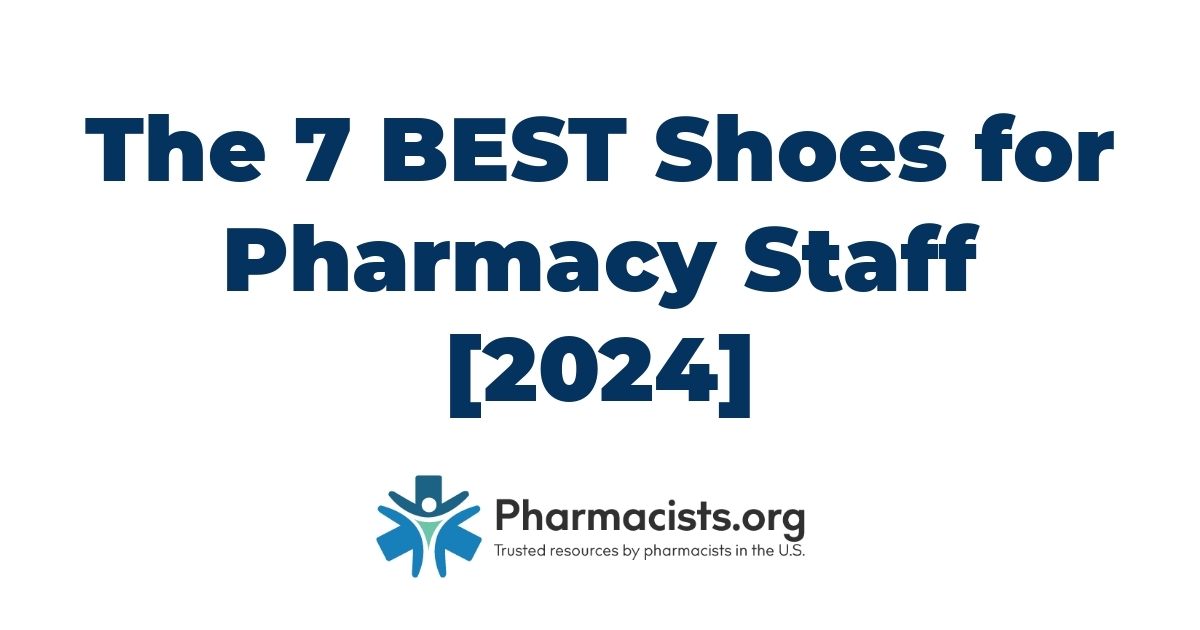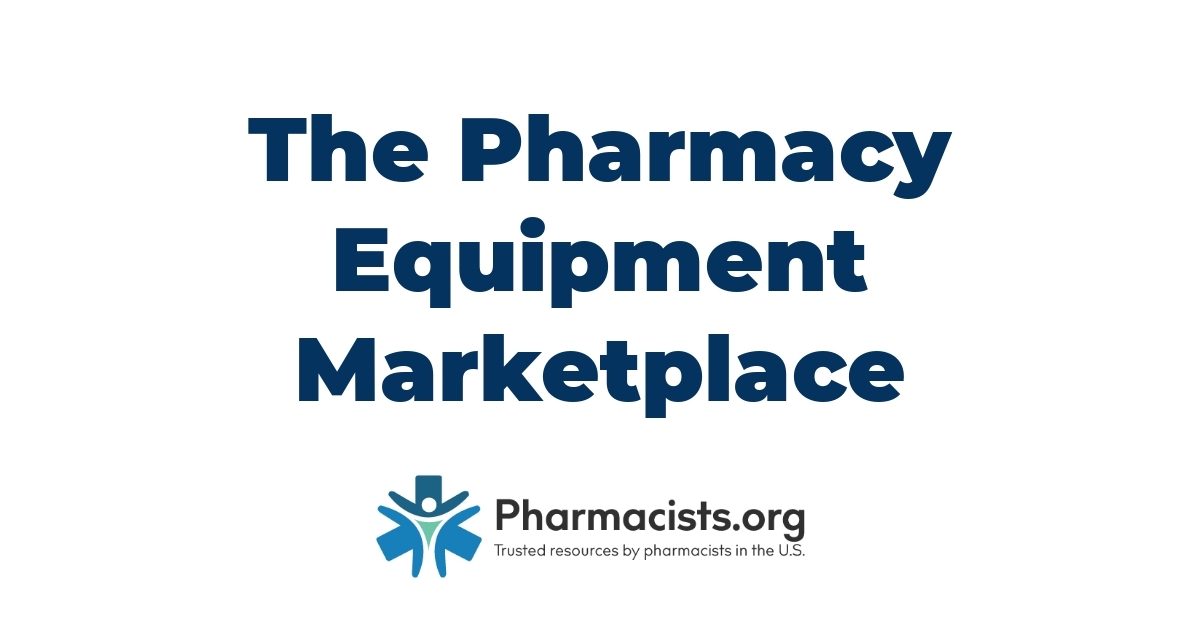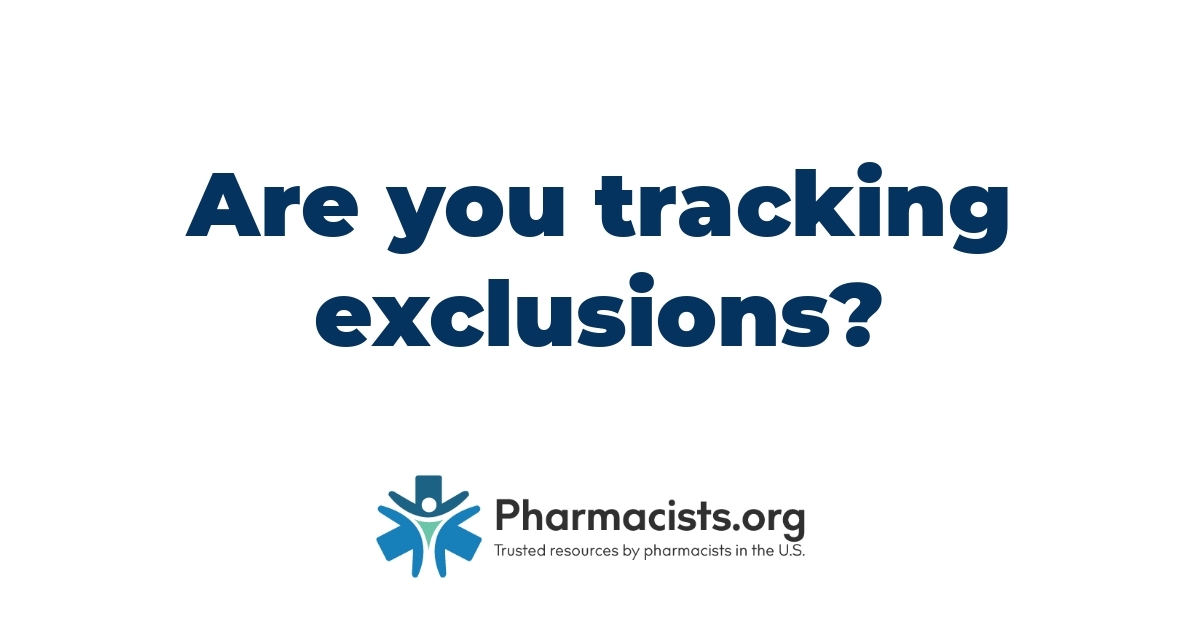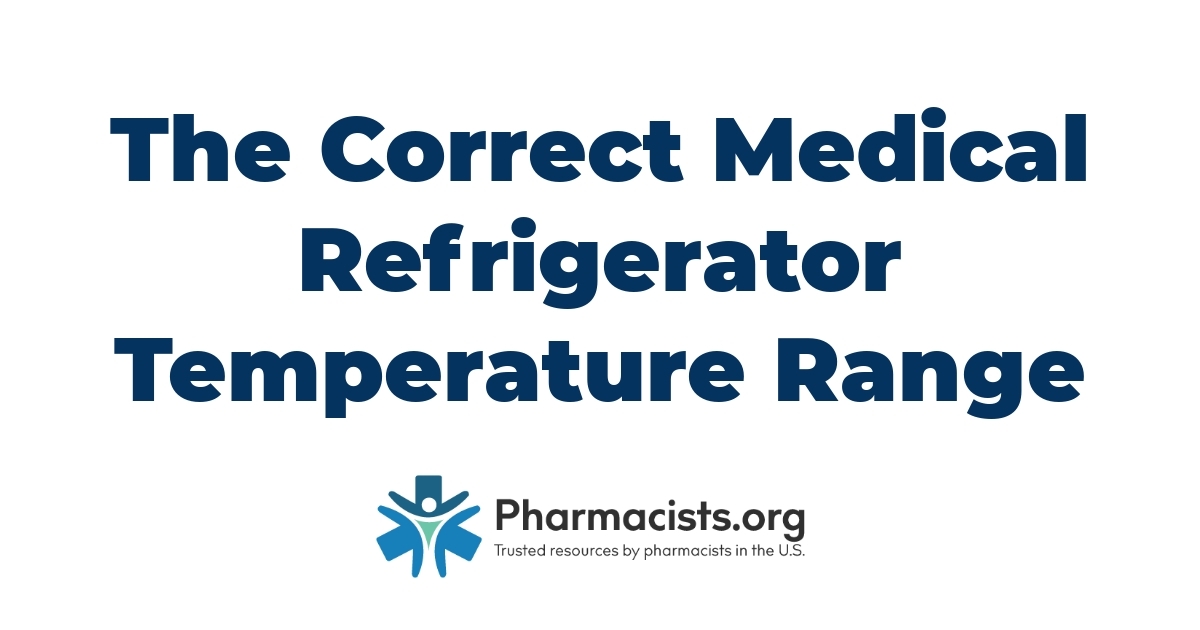The pharmacy switch is the company that routes your claim, based on the BIN number and PCN number, to the correct insurance company, and then routes the response back to your pharmacy. It’s kind of like the air traffic controller for pharmacy claims processing, directing incoming and outgoing traffic.
This illustration from McKesson does a great job visualizing what happens to a pharmacy claim after you hit ‘Send.’
Oftentimes, we don’t give the switch much thought, but it’s actually an important decision that can affect your bottomline.
Here, we’ll look at some top considerations when choosing your pharmacy switch.
Cost
Switches charge between around 5 cents and 7 cents per claim, for pharmacy claims processing. For a pharmacy doing, for example, 3000 prescriptions per month (and running 5000 claims, to account for rejections), that cost different would amount to about $1200 per year; I don’t know about you, but I don’t personally want to just give an extra $1200 away on top of my other claims fees, DIR fees, and shrinking margins.
Bottom line – take a look at what they charge compared to their competitors and determine if what they charge is worth it.
Pre and Post Edits
Pre and Post Edits (PPE) help to screen your claim before it actually goes to the insurance company. In doing so, it can catch a lot of errors that might come back to you in the form of a chargeback, and it also protects you from a regulatory perspective as well.
At times, you will need to override the switch, which is done by putting ‘9999’ or ‘9998’ in the Prior Authorization field (most of us have seen and done that before, but just to make it clear, that overrides the switch and is not related to the payer’s response).
Here are some common Pre and Post Edits:
E-Vouchers
E-vouchers automatically submit copay cards from the manufacturer. It is a controversial service, especially among employer plans, because it can be viewed as undermining insurance formularies to control cost. That viewpoint is certainly understandable, but we’ve all also seen times when a branded medication is truly the best treatment (DOACs, for example) and a copay card is the only way a patient can afford it.
Regardless, if you enroll in PPE, this is a standard service.
AWP Resubmission
It’s perfect timing for this article because I just got a call recently I had never gotten before; my switch vendor was resubmitting a claim for some Enstilar to capture the higher AWP and had received a PA rejection even though it was paid the first time (we eventually got that figured out).
While I was on the phone with her and the insurance company, I pulled up my 835 statement to confirm the claim was paid previously as well as the amount paid. Then, after the claim was resubmitted I saw the new paid amount was $200 higher!
How does this work? AWP changes regularly, and if there is a significant change in AWP in a short period of time you could be underpaid for a claim (insurance companies typically calculate brand reimbursement off of AWP). Switches can help monitor this for you and be sure you get properly paid.
Prescriber Validation
I’m lumping a few things in this category, but if the prescriber is not legally able to practice, participate in an insurance plan, write for that medication, etc., you could obviously get chargebacks and even fines and disciplinary actions on your permit or license.
PPE can check the following on prescribers for every claim you submit:
- NPI is valid
- DEA is valid
- Provider is not on any exclusion list
Drug Product and Insurance Claim Verification
Again, lumping a few things in here; switches can help confirm your drug submission is correct by checking:
- NDC is valid
- Days supply is not grossly miscalculated (it checks for common mistakes, like with Restasis, or billing for a 180 days supply, etc., but cannot catch everything!)
- DAW code matches the product
- You aren’t billing a copay card for a government plan (again, might not catch them all, but it gives you a great backup on this)
- The package size is correct (i.e. you didn’t bill Advair for a package size of “1” instead of “60”.)
Clinical Checking and Customizable Edits
Clinical checking can come from the payer and/or the switch (like opioid/benzo warnings), but from the side of the switch they be especially helpful for customizing safety alerts. I recently read, for example, in an ISMP newsletter that verification of daily methotrexate was still an ongoing, reported issue. I was surprised to hear that, but decided to play it safe and put a warning up on all methotrexate prescriptions with “WEEKLY ONLY” and send it to rejection, requiring an override. If you do a ton of methotrexate this might not be realistic, but we probably only have 10 or so prescriptions per month for it and for me it’s better safe than sorry.
This article has more examples of a pharmacy that successfully customized their switch alerts based on their service lines.
Who is in the business?
There are really only a handful of companies in the business to choose from. Also, some software vendors (ahem – QS/1) own their own switch and require you to use their switch. If you like the switching service, there’s nothing wrong with that, but it’s a consideration if you do happen to be in the position of shopping around for a computer system.
In the past, Relay Health and Change Healthcare were some of the biggest in the business, but now they have merged so there are even fewer to choose from.
Here are some choices to get you started (I’m not advocating for any of these, just giving you a list to get started in shopping around):
I am a pharmacist, community pharmacy consultant, and medical writer with over 12 years of clinical practice experience in community, outpatient health system, long term care, and academic settings. I am also the founder of PharmCompliance.com, a website dedicated to the success of community pharmacy.
As a pharmacy project manager, I led the implementation of new service lines, assist with ensuring legal and third-party compliance for over 70 retail stores, lead quality improvement and medication safety initiatives, write policies, procedures, and best practices for all our retail sites, and help with optimizing revenue cycle and pharmacy profitability. I have been responsible for DMEPOS and vaccine accreditation through CMS, obtaining new licenses and permits, and implementing a prescription drug kiosk embedded in our physician offices.
As a medical writer, my work has been featured in GoodRx, Pharmacy Times, Drug Topics, Patient Care Online, and in peer-reviewed journals. I have also given presentations on a range of topics, from disease state pharmacotherapy for medical residents to updates on the CDC vaccine storage and handling guidelines for a medical-grade refrigerator and freezer manufacturer. I have written and presented continuing education for CEImpact, FreeCE, AchieveCE, Ascension Health, and the Florida Department of Health.
